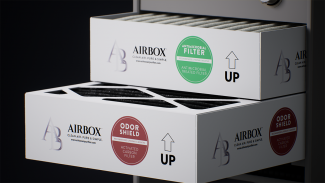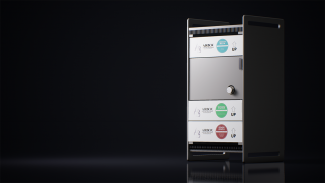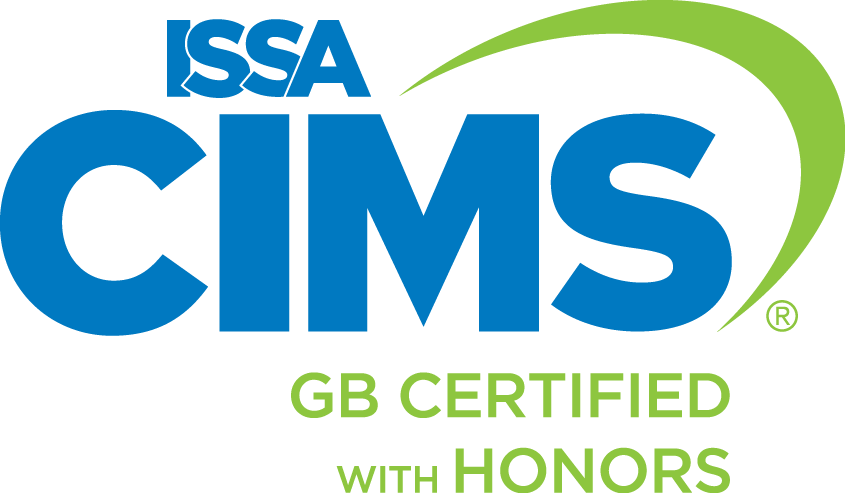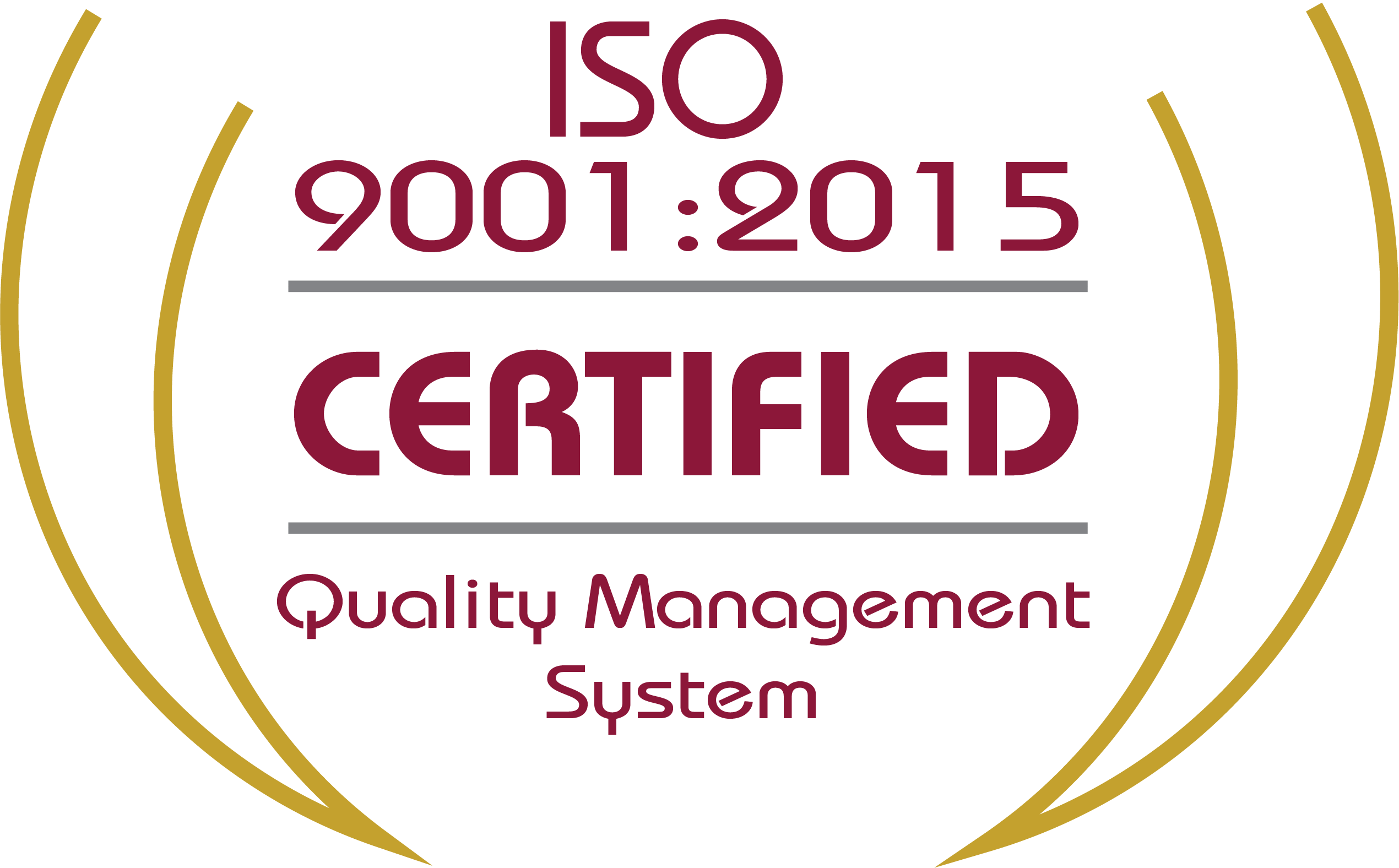What are activated carbon filters, and what do they do?
For the most effective air purifiers on the market, having two or more filters is required. No singular filter can do everything necessary to keep your air healthy and clean. Even HEPA filters, with their high and rigorous standards, cannot do everything.
One of the most common air filters to be paired with HEPA filters are active carbon filters, also known as activated charcoal filters. These filters take care of odors and gases, while HEPA filters work to remove particles. Together, they provide a wide coverage to make offices and workspaces safe.

What is activated carbon?
To understand activated carbon, it’s essential to understand charcoal. Throughout history, charcoal has not only been used for cooking, but also to filter water and air. Charcoal is formed when organic material, often wood, is heated at high temperatures while exposed to little air. This process essentially “burns away” everything but the carbon molecules, without the actual use of fire.
Because of the low exposure to air during this process, the remaining carbon stays together in large chunks while having many tiny spaces where non-carbon material once was. This is why charcoal seems relatively light to its size. This also means that charcoal is a porous material, good for acting as a filter to catch impurities.
Activated carbon, also known as activated charcoal, is a special form of charcoal. By using specific material and undergoing an additional step, activated carbon is made to be even more porous than charcoal. This, in turn, increases activated carbon’s ability to bind with contaminants.
Activated Carbon and Binding to Impurities
Dutch physicist Johannes Diderik van der Waals discovered that atoms, molecules, and other small particles exert attraction and repulsion between each other. This force, now known as van der Waals force, is naturally used by activated carbon. Molecules and atoms are drawn to activated carbon, and impurities become stuck in the pores due to van der Waals forces. Once stuck, they are trapped to the activated carbon.
This process is known as adsorption, not to be confused with absorption. This is key: absorption is when particles are brought inside and become part of the absorbing material, while adsorption is when particles are attached to the surface of the adsorbing material. This means absorption relies on the quantity of the material, while adsorption relies on the amount of surface area.
Activated carbon has much more surface area due to all of its pores. It’s said that one gram of activated carbon has 1000 square feet of surface area, which is almost the size of half a tennis court. Between its surface area and van der Waals forces, activated carbon makes for an ideal filter.
Activated Carbon Filters

Molecules are known as the building block to our world. They make the air we breathe and the cells of our body. They are so small, it took until 2009 to develop a microscope that could see them. (Read about that momentous event here.) HEPA filters focus on particles that are built up from molecules, but have trouble dealing with actual molecules.
Activated carbon is different. It naturally “collects” molecules, and as a filter activated carbon can get some of the worst molecules and molecular compounds out from the air. The worst of them are volatile organic compounds (VOCs). Due to their nature, VOCs are often found as gas, mixing in with the air. Many VOCs are associated with dangerous fumes, like paint and fossil fuels. (“Organic Compounds” in the case of VOCs refer to chemical compounds that include carbon, which was once believed to be required for every organic creature to exist.) To learn more about VOCs, check out the EPA’s page on them here.
VOCs have a long list of potential health hazards. These range from temporary effects, like headaches and irritation, to permanent debilitating damage, such as damage to organs and possibly even cancer. The EPA maintains a list of known and suspected health effects here.
By itself, an activated carbon filter only removes a portion of dangerous things from the air. The same can be said with HEPA filters. It is when activated carbon filters and HEPA filters are used together that air purifiers can provide healthy and clean air.
Janitronics’ Choice of Air Purifier
We’ve spent a lot of time looking for the right air purifier to bring to our clients, including testing them within our own offices. We decided to work with AIRBOX to bring clean air to indoor environments.
AIRBOX has three filters in their models, one of which is an activated carbon filter. Working in tandem with the other two air filters, these air purifiers will help keep your environment both clean and healthy.
For more information about AIRBOX, check out our AIRBOX page.
If you have any additional questions and want to reach out to us, use our contact form.



